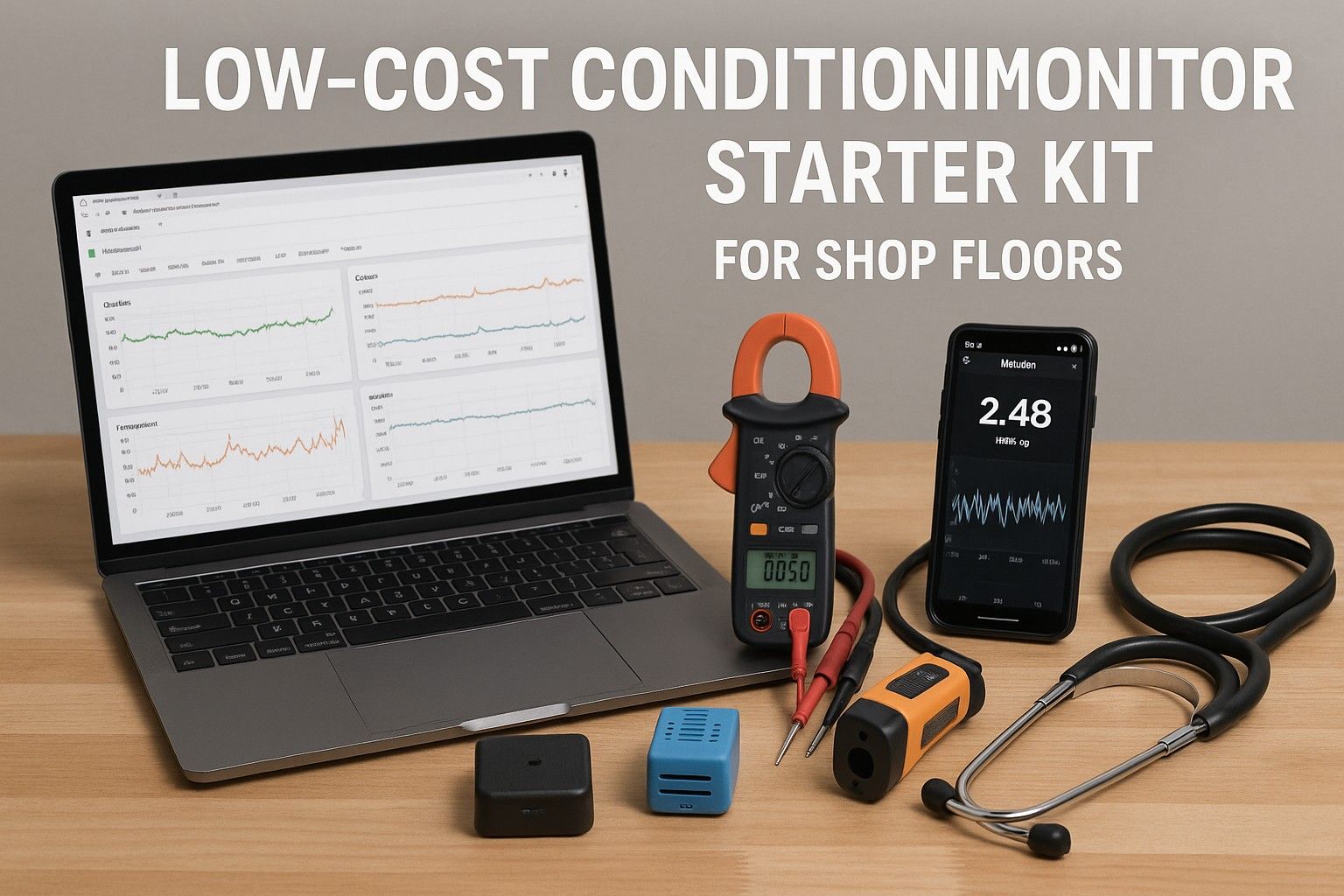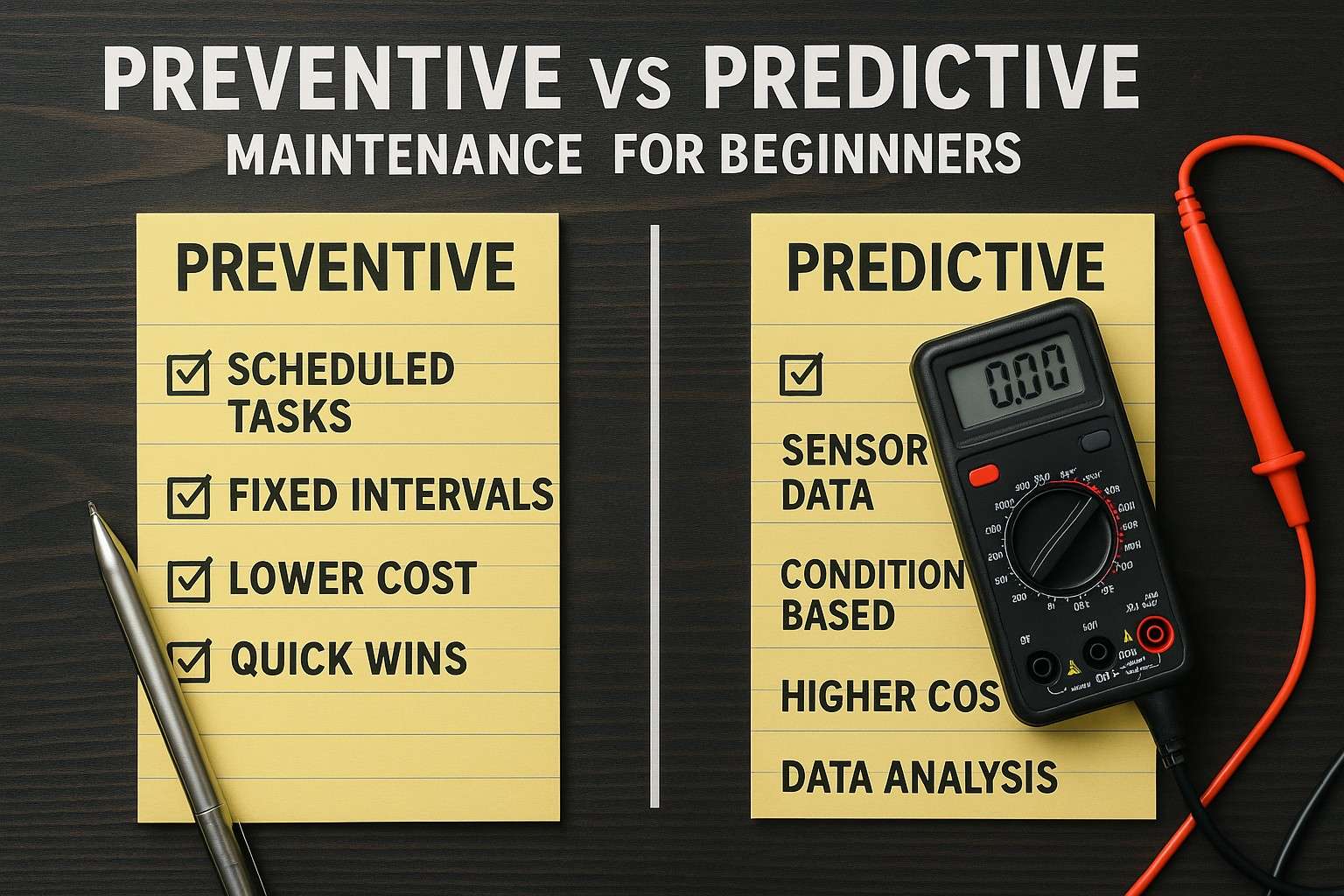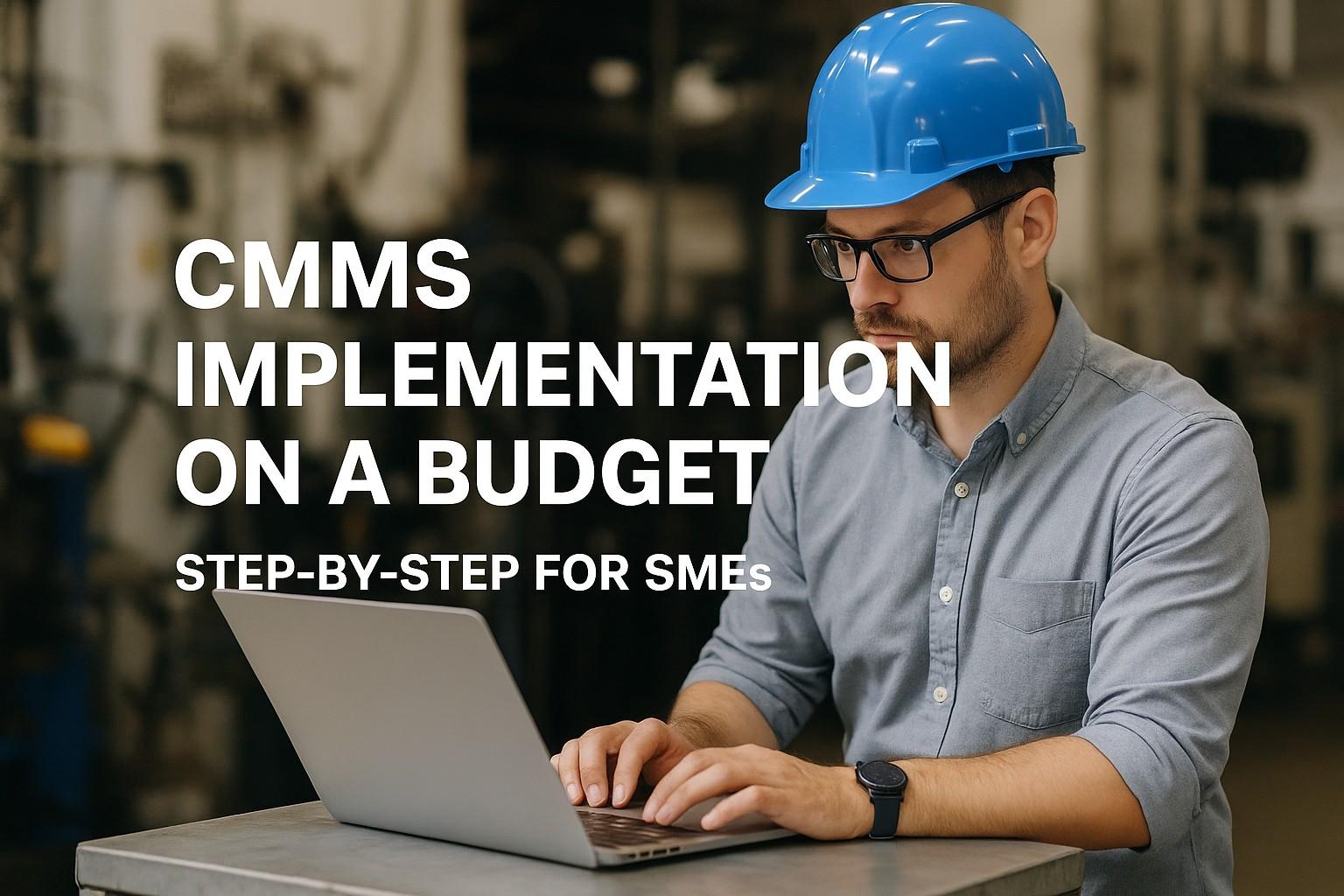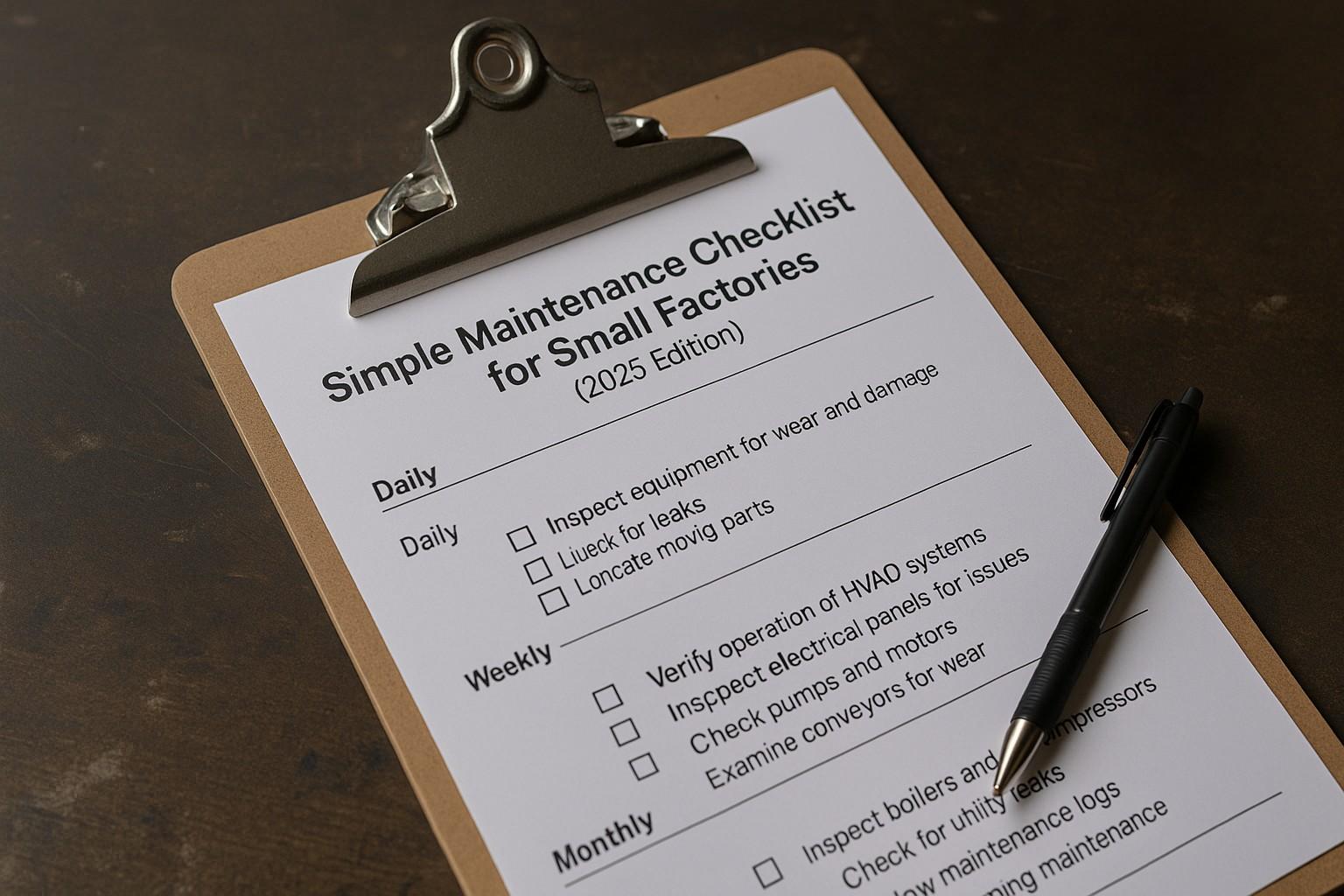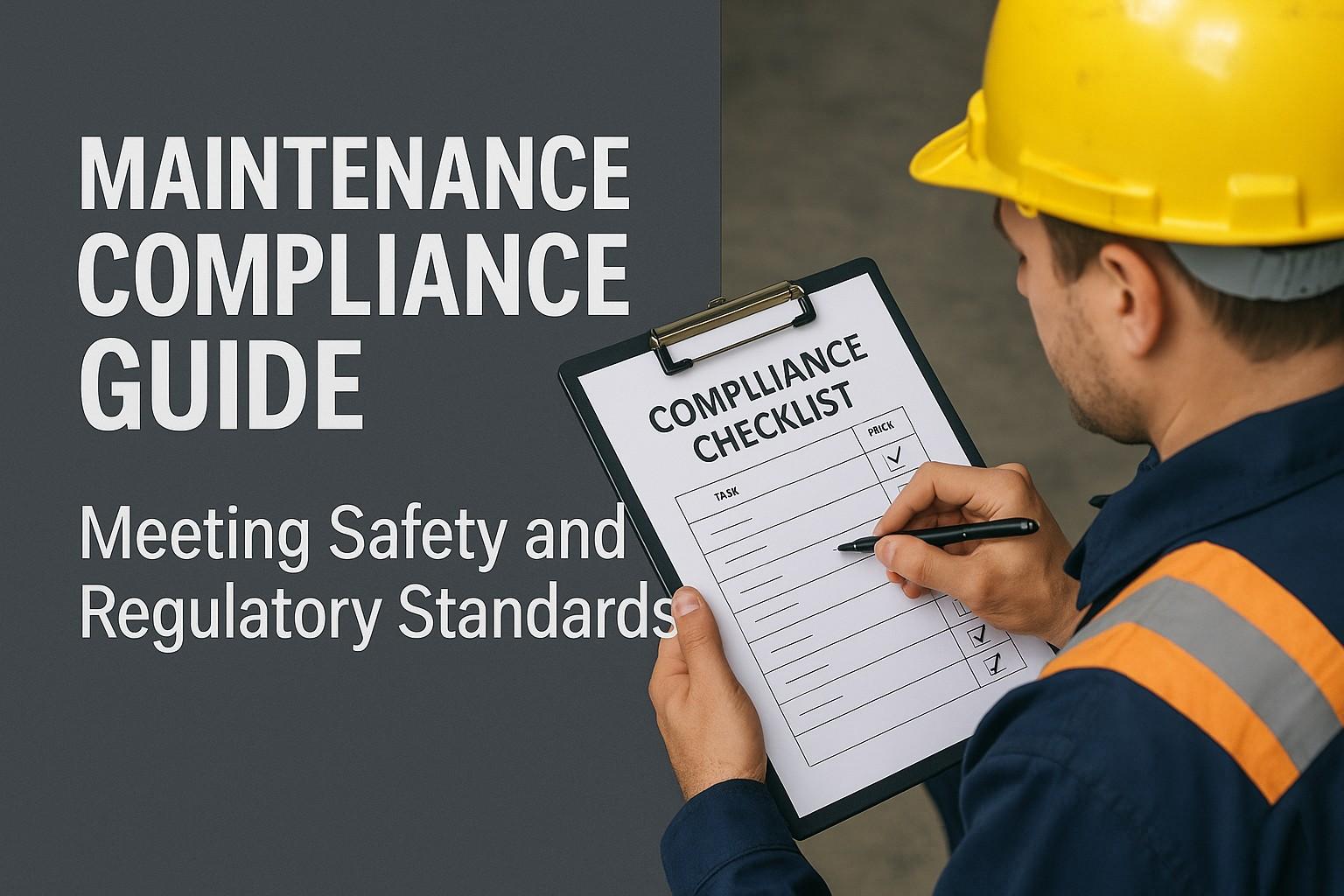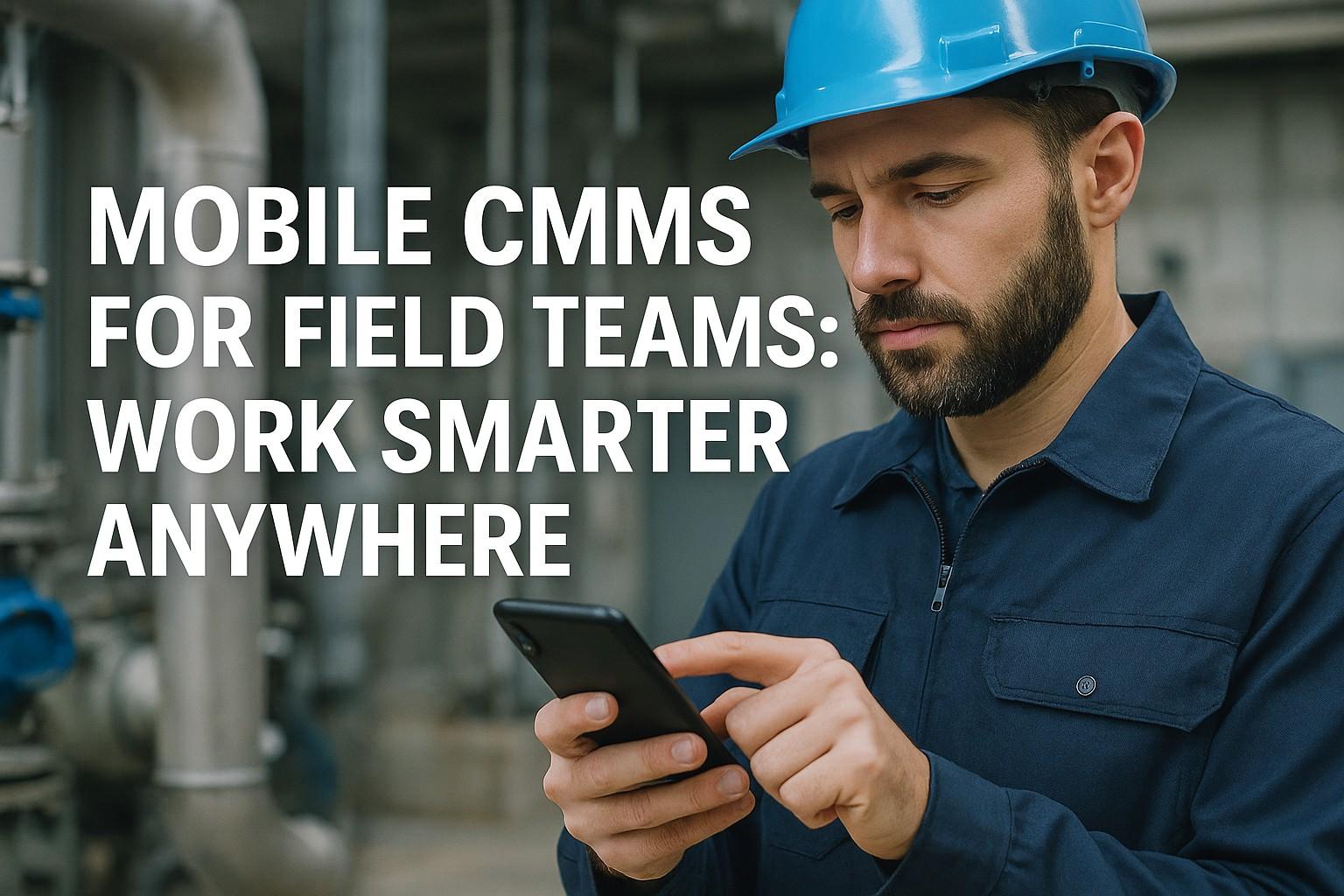CMMS integration represents one of the most critical operational challenges facing maintenance-driven organizations, with disconnected systems costing an average of $12.5 lakhs per year in lost efficiency per facility. Industry data reveals that 68% of maintenance organizations still rely on isolated software solutions that create data silos, manual data entry burdens, and operational inefficiencies. Systematic CMMS integration can reduce data entry time by 80%, improve maintenance efficiency by 65% and decrease operational costs by 55% while ensuring seamless workflows and maximum asset utilization across diverse operational environments.
Modern maintenance operations depend on sophisticated software ecosystems operating across multiple platforms, where disconnected systems create inefficiencies that cascade throughout organizations, affecting productivity, data accuracy, and total operational effectiveness. CMMS integration challenges impact resource allocation, decision-making capabilities and organizational performance metrics.
Transform your maintenance operations with professional CMMS integration solutions
Getting StartedBook a Demo
The Hidden Crisis: Critical Integration Gaps in Maintenance Management
ERP System Disconnection
72% of maintenance organizations struggle with ERP integration gaps, creating duplicate data entry, inventory discrepancies, and financial reporting inconsistencies that cost $8+ lakhs annually in operational inefficiencies.
Asset Management Silos
Asset tracking disconnection appears across 85% of facilities, with separate systems for procurement, maintenance, and disposal creating visibility gaps and decision-making delays costing $6+ lakhs yearly.
Financial System Isolation
Financial reporting gaps manifest through manual reconciliation processes, budget tracking difficulties, and cost allocation errors that indicate systemic integration problems requiring $10+ lakhs for comprehensive solutions.
Inventory Management Fragmentation
Parts and inventory systems operating independently create stock-out risks, overstocking costs, and procurement inefficiencies before complete integration requiring $12+ lakhs for unified management.
Workflow Automation Limitations
Manual process handoffs between systems create bottlenecks and approval delays, with automation gaps potentially reducing efficiency by 40% and increasing operational costs significantly.
Reporting and Analytics Challenges
Data consolidation difficulties compromise decision-making capabilities and performance visibility, with fragmented reporting systems limiting operational insights and strategic planning effectiveness.
The Financial Impact of System Fragmentation
Before implementing comprehensive CMMS integration with Oxmaint, maintenance operations experience significant inefficiencies that impact both operational performance and financial results:
- Manual data entry consuming 35-40% of administrative time while providing minimal operational value and creating error risks
- Data inconsistencies averaging 15-20% across systems due to manual synchronization and disconnected update processes
- Delayed decision-making from fragmented reporting and incomplete operational visibility affecting strategic planning
- Duplicate system costs with 60% of organizations maintaining redundant software licenses and support contracts
- Compliance documentation gaps from scattered record-keeping that can result in $25+ lakh audit findings and penalties
Foundation Elements: Comprehensive CMMS Integration Framework
Professional CMMS integration solutions provide the technological backbone necessary for unified maintenance operations, incorporating enterprise systems, workflow automation, and data synchronization into cohesive management platforms that eliminate silos and optimize operational efficiency.
Core Integration Components and Architecture
Effective CMMS integration frameworks connect multiple operational systems and data sources to create comprehensive maintenance management ecosystems that balance functionality with operational simplicity.
Enterprise Resource Planning Connection
Seamless ERP integration including financial systems, procurement modules, human resources, and inventory management that enables unified operational visibility and automated workflow coordination.
Asset Management System Synchronization
Complete asset lifecycle integration, maintenance history consolidation, performance tracking, and depreciation management for comprehensive asset visibility and optimization.
Financial System Integration
Real-time cost tracking, budget management, purchase order automation, and financial reporting integration to ensure accurate cost allocation and budget control.
Workflow Automation Framework
Automated approval processes, work order routing, notification systems, and task coordination to streamline maintenance operations and eliminate manual handoffs.
Advanced Digital Integration and Automation Capabilities
Smart Integration and Data Synchronization
Modern CMMS integration with Oxmaint transcends basic connectivity to incorporate real-time data synchronization, automated workflow coordination, and intelligent process optimization that eliminates manual intervention and ensures data consistency.
Real-Time Data Synchronization
Automated data exchange systems ensuring information consistency across all connected platforms, eliminating manual updates and reducing data entry errors by 90%.
Automated Workflow Orchestration
Intelligent process automation that coordinates activities across multiple systems, triggers approvals, and manages task dependencies without manual intervention.
Unified Reporting Platform
Consolidated reporting capabilities that aggregate data from all integrated systems, providing comprehensive operational insights and executive dashboards for informed decision-making.
Mobile Integration Framework
Mobile-first integration architecture enabling field technicians to access and update information across all systems through unified mobile interfaces and offline synchronization.
Implementation Methodology and Best Practices
Phased Deployment Strategy for CMMS Integration
Successful integration implementation requires systematic deployment approaches that minimize operational disruption while maximizing system connectivity and data accuracy across diverse organizational environments and legacy systems.
Phase 1: System Assessment
Current system inventory, data mapping analysis, integration requirement identification, and technical architecture planning based on existing infrastructure and operational needs.
Phase 2: Integration Design
Custom integration development, API configuration, data transformation protocols, and security implementation planning with existing systems and operational workflows.
Phase 3: Pilot Testing
Limited scope deployment with critical systems, data validation testing, integration performance monitoring, and workflow optimization to ensure reliability and accuracy.
Phase 4: Full Deployment
Organization-wide implementation, comprehensive training programs, change management support, and ongoing optimization based on user feedback and operational performance.
Change Management and User Adoption Strategies
Integration success with Oxmaint depends heavily on user adoption and organizational transformation, requiring comprehensive training programs and support structures that encourage integrated workflow practices and system utilization.
User Training Program Development
Role-specific training for administrators, maintenance technicians, and end users covering integrated workflows, system navigation, and data management best practices.
Performance Metrics Alignment
KPI structures and measurement systems that recognize integration adoption, data quality improvements, and operational efficiency gains achieved through unified system usage.
Support and Documentation Systems
Comprehensive user guides, video tutorials, and help desk support ensuring users can effectively navigate integrated systems and resolve technical issues quickly.
Champion Network Establishment
Identification and development of integration champions who support system adoption and provide peer-to-peer assistance and technical guidance throughout the organization.
Analytics and Performance Monitoring Capabilities
Advanced Integration Analytics and KPI Tracking
CMMS integration analytics with Oxmaint transform disconnected operational data into actionable insights that enable continuous improvement, efficiency optimization, and strategic planning across integrated organizational systems and processes.
Real-Time Integration Dashboards
Executive and operational dashboards providing immediate visibility into system performance, data flow status, and integration effectiveness across all connected platforms and workflows.
Performance Analytics Platform
Advanced analytics identifying efficiency improvements, cost optimization opportunities, and operational bottlenecks based on integrated data analysis and historical performance trends.
Cost Optimization Analytics
Comprehensive analysis covering eliminated manual processes, reduced software licensing costs, and operational efficiency gains that quantify integration value and ROI measurement.
Compliance Monitoring Systems
Automated compliance tracking ensuring integrated operations meet regulatory requirements, audit standards, and organizational policies with comprehensive reporting and exception management.
ROI and Operational Excellence Outcomes
Quantifiable Financial Benefits and Cost Optimization
Systematic CMMS integration with Oxmaint delivers measurable financial returns through multiple value streams that extend beyond direct cost savings to encompass operational efficiency, data accuracy, and strategic decision-making capabilities.
Operational Efficiency and Competitive Advantages
Comprehensive CMMS integration creates operational advantages that enhance competitive positioning through improved data visibility, streamlined workflows, and enhanced decision-making capabilities across organizational functions.
- Improved operational visibility with real-time data access and unified reporting capabilities enabling informed decision-making and strategic planning
- Enhanced workflow efficiency averaging 90%+ process automation compared to 45% with disconnected systems and manual coordination
- Reduced software licensing costs through system consolidation and elimination of redundant applications and maintenance contracts
- Increased data reliability with automated synchronization and validation ensuring accuracy across all operational systems and reporting
- Better regulatory compliance through integrated documentation and automated audit trail generation for comprehensive oversight and accountability
Compliance and Security Considerations
Regulatory compliance requirements make systematic CMMS integration essential for modern organizations, with data security standards, audit requirements, and industry regulations demanding integrated documentation and comprehensive system oversight capabilities.
Data Security and Privacy
Enterprise-grade security protocols ensuring data protection across integrated systems, with encryption, access controls, and audit trails that meet industry security standards and regulatory requirements.
Audit Trail and Documentation
Comprehensive activity logging and documentation systems providing complete audit trails for regulatory compliance, quality assurance, and operational accountability requirements.
Industry Standard Compliance
Adherence to industry-specific regulations including ISO standards, safety requirements, and quality management systems through integrated compliance monitoring and reporting capabilities.
Data Governance and Quality
Systematic data management protocols ensuring information accuracy, consistency, and reliability across all integrated systems while maintaining comprehensive governance oversight.
Future Outlook and Technology Roadmap
The CMMS integration landscape continues evolving with emerging technologies that promise enhanced connectivity, automated intelligence, and predictive capabilities that will further improve operational efficiency and organizational effectiveness.
Artificial Intelligence Enhancement
AI-powered integration capabilities providing intelligent data mapping, automated workflow optimization, and predictive analytics based on integrated operational data analysis.
Cloud-Native Architecture
Modern cloud-based integration platforms enabling seamless connectivity, scalable performance, and reduced infrastructure requirements for enhanced operational flexibility.
IoT Device Integration
Internet of Things connectivity enabling real-time asset monitoring, automated data collection, and sensor-driven maintenance workflows integrated across organizational systems.
Advanced Analytics Platform
Next-generation analytics capabilities providing predictive insights, operational optimization recommendations, and strategic planning support based on comprehensive integrated data analysis.
Frequently Asked Questions
Ready to implement comprehensive CMMS integration for your organization?
Getting StartedBook a Demo

